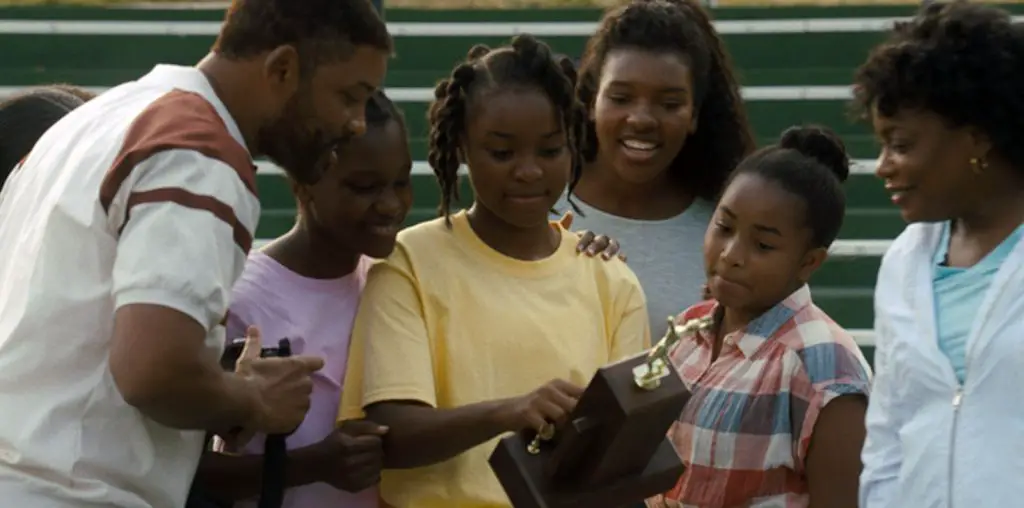
Simon James (Jesse Eisenberg) is a database programmer whose job has something to do with regression analysis. His socially awkward personality is further exaggerated by his insignificance to the world around him; even Simon’s wardrobe is drab and nondescript. Simon has worked for the same company for many years, yet he barely even registers as a blip on his supervisor’s (Wallace Shawn) radar, and because Simon’s identification card no longer works, the security guard (Kobna Holdbrook-Smith) forces him to sign in as a guest every day. Societally emasculated, especially by his colleagues at work, Simon might as well be invisible.
Hopelessly infatuated with a co-worker, Hannah (Mia Wasikowska), Simon continually tries to muster up enough courage to speak to her. It seems to be no minor coincidence that Simon’s apartment window faces Hannah’s apartment, so he is able to observe her from afar by way of his telescope. The more times Simon fails to talk to Hannah, the more frustrated he becomes.
Then one day, James Simon (Jesse Eisenberg) mysteriously appears. Essentially doppelgangers, James and Simon are identical in physical appearance, but otherwise they are complete opposites. James is aggressive, confident and showcases an uncanny ability to manipulate others. James functions as Simon’s Übermensch, representing all of the personality traits that Simon wishes he could possess. It seems pretty clear that James is purely a mental construct originated by Simon’s mental instability; everyone does see James, but no one recognizes his twin-like resemblance to Simon.
Richard Ayoade’s The Double is adapted from Fyodor Dostoevsky’s novella of the same title. Channeling the dark and moody dystopian worlds of Terry Gilliam’s Brazil and Marc Caro and Jean-Pierre Jeunet’s Delicatessen, The Double is staged in a universe that seems futuristic but also recalls the early days of computer databases. The Double speaks rather metaphorically to the horrors of the homogenization of post-industrialized society, creating an Orwellian environment that is bogged down in the quagmire of ridiculously absurd bureaucratic processes. It is no wonder that the suicide rate in the world of The Double is so high.
Ayoade relies quite heavily upon a highly imaginative visual aesthetic to establish the bleak and foreboding tone of the story. Shot solely from Simon’s perspective, the cinematography is purposefully chaotic and off-kilter, cleverly representing his rapidly deteriorating psyche. With obvious cinematic reference points such as Brazil, Delicatessen, Fight Club and Rear Window, Ayoade repeatedly turns to film history to help further inform the narrative. None of what he borrows from the cinematic past is blatant enough to constitute stealing, instead Ayoade builds his own stylistic brand of cinema, tying everything together with a uniquely droll style of absurdism.
